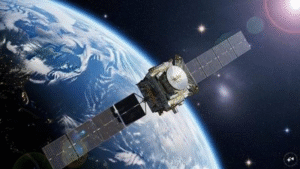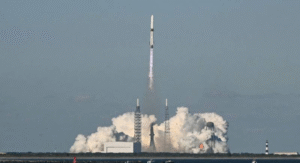Pakistan Launches First Indigenous Satellite: A Milestone in Space Exploration
SUPARCO Achieves Historic Feat with EO-1 Satellite
In a historic achievement, the Space and Upper Atmosphere Research Commission (SUPARCO) of Pakistan successfully launched the country’s first fully indigenous Electro-Optical (EO-1) satellite on Friday. The launch took place at the Jiuquan Satellite Launch Centre in China, marking a new chapter in Pakistan’s space exploration journey.
The event was broadcast live at SUPARCO’s headquarters in Karachi, allowing the nation to witness the milestone moment together.
Key Features and Benefits of EO-1
The EO-1 satellite has been designed to provide Pakistan with advanced capabilities in environmental monitoring and disaster management. Its functions include:
- Monitoring Environmental Changes: Detailed insights into deforestation, urban expansion, and climate change.
- Disaster Management: Real-time tracking of natural disasters such as floods and earthquakes.
- Boosting Agricultural Productivity: Data on crop health, soil moisture, and weather patterns.
Additionally, the satellite strengthens Pakistan’s defense capabilities with real-time surveillance features.
A Step Forward After PAKSAT MM1
This development follows the launch of Pakistan’s multi-mission satellite, PAKSAT MM1, in May 2024, from China’s Xichang Satellite Launch Center. Positioned 36,000 kilometers above Earth, PAKSAT MM1 is equipped with cutting-edge communication technology.
Prime Minister Highlights the Impact
Prime Minister Shehbaz Sharif congratulated the nation on this achievement, emphasizing how PAKSAT MM1 has revolutionized communication with faster internet services, improved e-governance, and a boost in e-commerce activities.
The EO-1 satellite now builds on this foundation, representing a leap forward in technological independence and scientific innovation for Pakistan.













